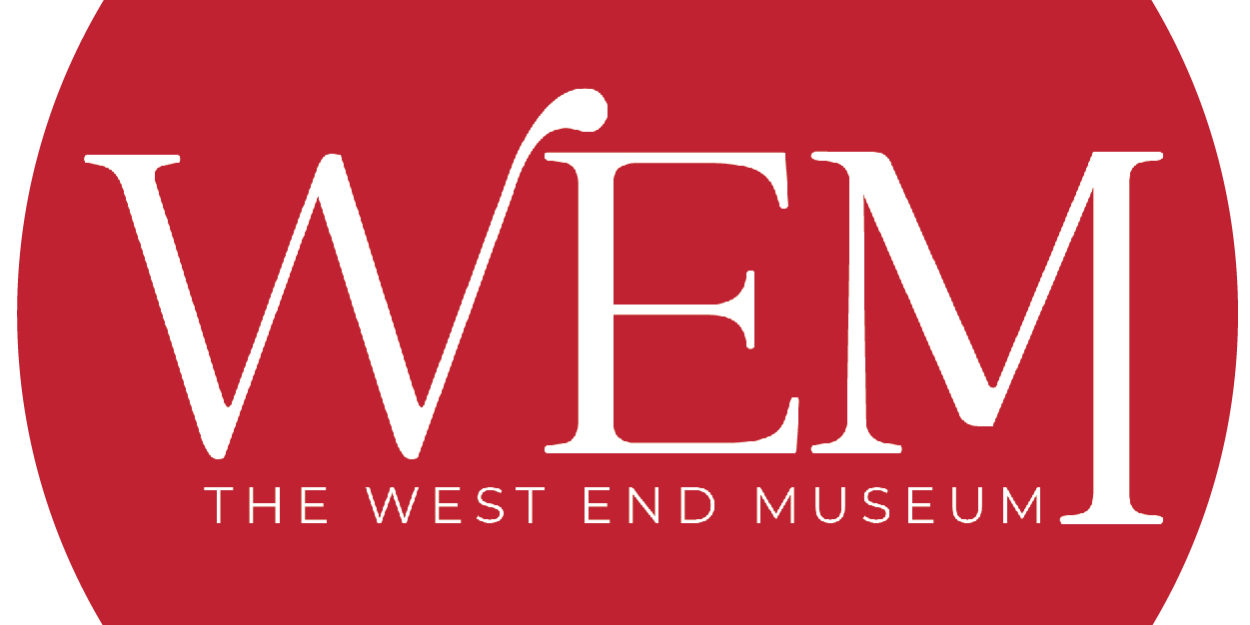New Exhibit Explores History of Public Transportation in Boston; Reveals West End's Role as Early Transit Hub
Boston, MA—Public transportation has shaped life in Boston and its neighborhoods since the first English settlers arrived in the early 17th century. Its evolution over the course of more than 200 years is a fascinating tale of continuously rising demand, financial and logistical challenges, and technological advancements. A new exhibit at The West End Museum recounts the phases of development since the 18th century through graphic panels and artifacts like trolley tickets, stock certificates, conductor buttons, tokens, photos and original articles.
From Stagecoach to Subway: The West End Street Railway runs from May 31 through September 17 in the Museum’s Members Gallery. The show reception takes place on Tuesday, June 7 from 6:30 to 8:00 p.m., when attendees can tour the exhibit and enjoy light refreshments. The exhibit and reception are free and open to the public. (Media note: Downloadable show-related images appear here.)
Ferries provided the bulk of people-moving in early to mid-18th century Boston. Subsequent major growth in the city’s population and commerce brought increased transportation needs. The ferries were supplemented with improved roads, new bridges and new transportation technology. In 1793, the mile-long West Boston Bridge was built between Boston and Cambridge, making the West End a transit hub. In 1795, a public stagecoach began running across it.
The means of mass conveyance that followed included omnibuses, which were horse-drawn vehicles larger than stagecoaches, and horse railroads, or horsecars that ran over tracks. The West End Consolidation Act of 1887 established the West End Street Railway Company, uniting 20 different horse railroad companies under one umbrella. This led to the creation of one of the largest street railway operations in the U.S. at the time. Among the West End Street Railway Company’s first—and most lasting—reforms: painting railcars specific colors to designate their routes.
In 1889, the West End Street Railway Company introduced Boston’s first electric train railway (or cable car) system and, within six years, the city had electrified nearly all its railroads. System inefficiency and public dissatisfaction prompted the creation of the Boston Elevated Railway and, ultimately, the MTA and MBTA.
From Stagecoach to Subway: The West End Street Railway is free and open to the public during regular Museum hours.
Media Contact:
Matt Ellis
matt@ellisstrategies.com
617.278.6560
Museum Contact:
Susan Hanson
director@thewestendmuseum.org
617.723.2125
About the West End Museum:
The West End Museum is dedicated to the collection, preservation and interpretation of the history and culture of the West End neighborhood. The Museum’s permanent exhibit, “The Last Tenement,” highlights the immigrant history of the neighborhood through its decimation under Urban Renewal in 1959; two additional galleries feature rotating exhibits. The Museum is located near North Station at 150 Staniford St. Suite 7. Hours: Tuesday – Friday 12:00pm – 5:00pm; Saturday 11:00am – 4:00pm. Admission is free.


